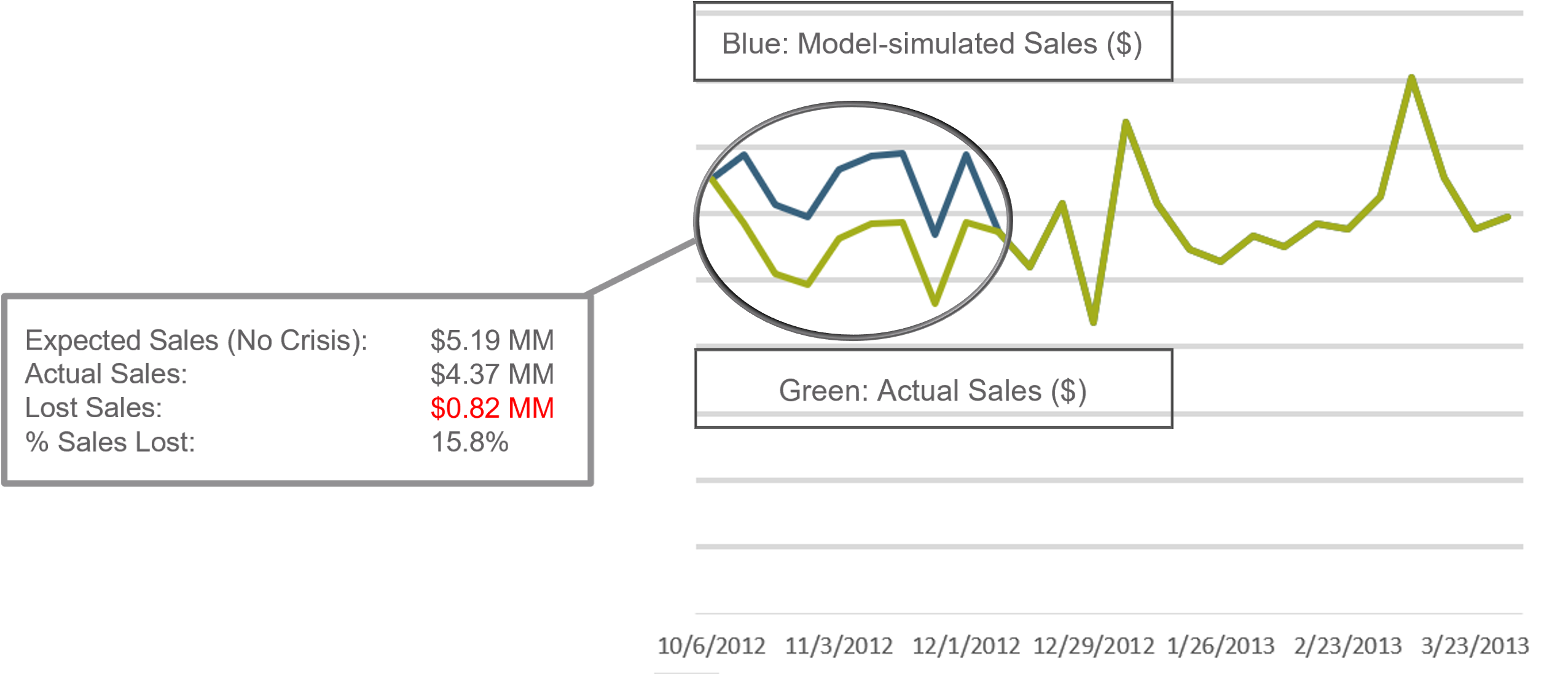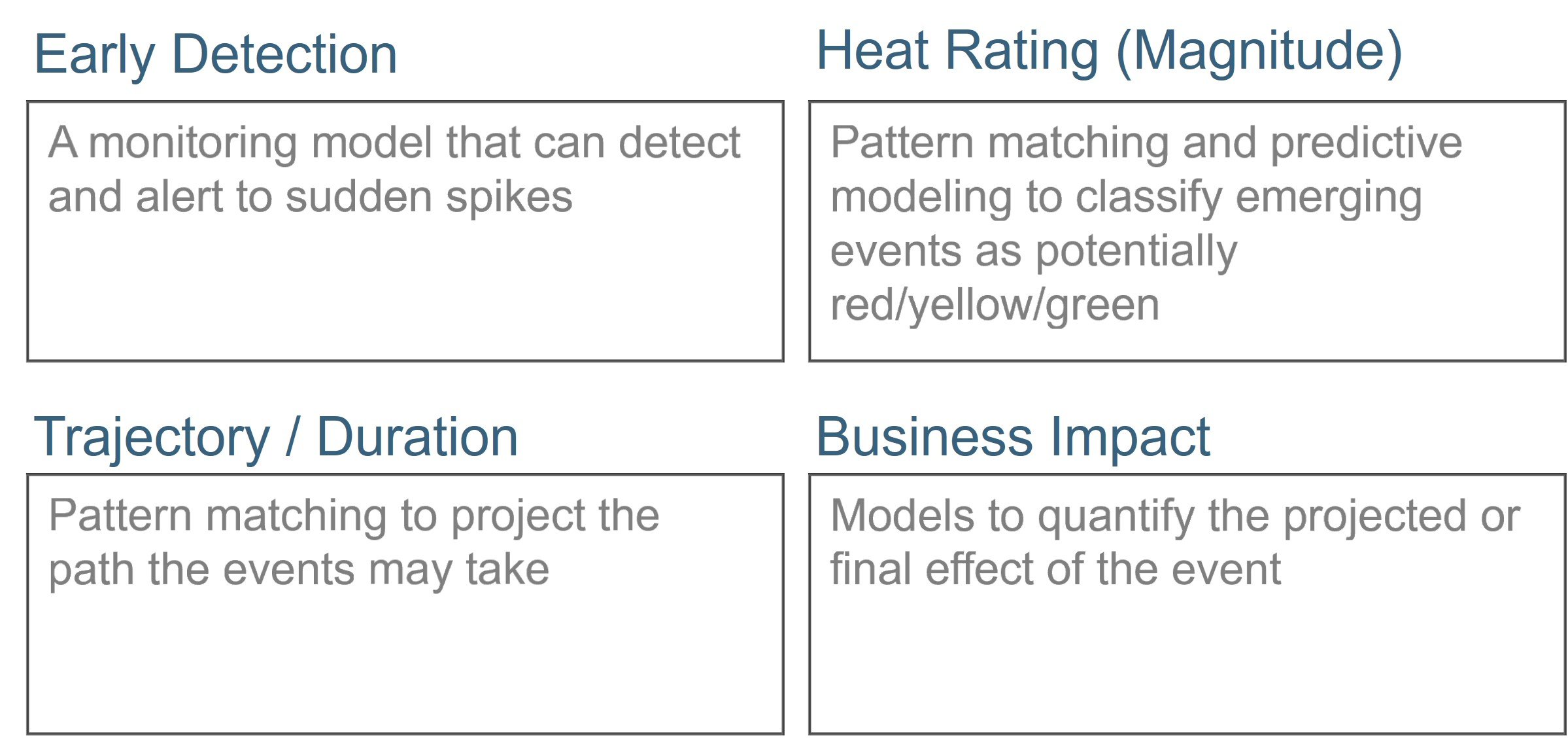Never Let a Good Crisis Go To Waste
The title of this post is a quote credited to Winston Churchill, although the attribution is questionable. It conveys the notion that dramatic events generate new insights and create opportunities for growth. Put another way, “look for the silver lining.”
Recently we have seen several public relations blow-ups affecting very prominent companies in industries such as airlines (system meltdowns stranding passengers), telecommunications (data breaches leaking sensitive customer information), and railroads (derailments). Larger companies face frequent public relations crises, although many of these are regional, at a smaller scale, and of limited duration.
Insights can be uncovered through analytics. One of our clients, a very large, global consumer products company, has a public affairs crisis management team. Years ago they wanted to become data-driven. They built a database to track events, along with their attributes, with several hundred worldwide cases accumulating over the years. These events included such things as product recalls, bad sentiment in blogs or social media, strikes, boycotts, and controversies picked up by the media (and magnified by social media).
Analytical methods applied to the data revealed several interesting things:
- 71% of the time, there is no lasting impact to sales of an event
- When there is an impact, we can use econometric models to estimate lost sales
- We can classify patterns of how trends develop and evolve over the first few days and weeks of a crisis
- Social media “listeners” are unreliable as an early warning system
Figure 1 shows how the measurement of lost sales works. An econometric model, similar to the kind used for marketing mix modeling (and including much of the same data) estimates what actual sales would have been had the event not occurred. It does this through simulation of the event (or more precisely, the non-event). The difference or gap between actual (the green line) and simulated (blue line) is the lost sales.

Our work with this client identified four areas where analytics and modeling applies in a public relations setting. We demonstrated examples of each of these using internal and external data sources available to the company. These four areas are shown in figure 2.
Not every company has the rich data sources available to a large company such as this. But every company has the data to do the business impact assessment, such as lost sales.
Apart from measuring the event itself, public relations events create opportunities to do something different and better. In the case of the recent hazardous material derailments, regulators and politicians have quickly ordered that more technology (and dollars) be thrown at the problem, with more and different kinds of sensors. But nobody has yet suggested that better use be made of the data that already exists. For some railroads, methods of triggering alerts are simple, based on thresholds. Predictive analytics and machine learning methods can address this issue with data that is available right now, and much sooner than the technology will take to be put in place.
Bad publicity creates pain for companies. But with analytics they can find the silver lining.
